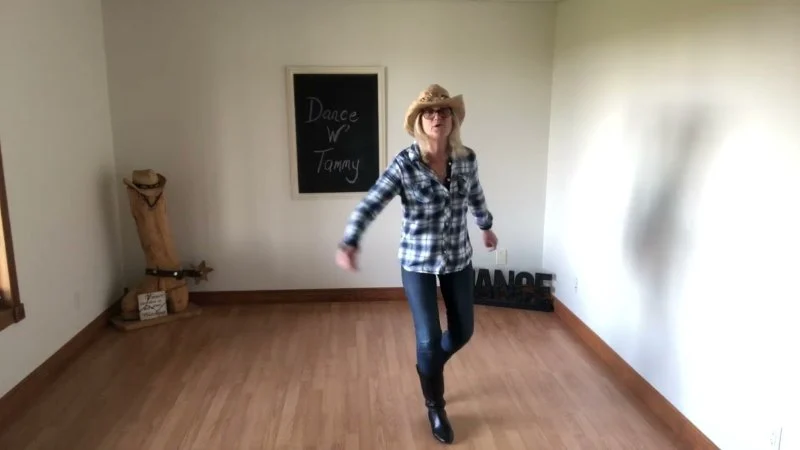
- 1. Line Dance Basics for Adults
- 2. Common Mistakes to Avoid in Line Dancing
- 3. How to Improve Your Line Dance Technique
- 4. Building Confidence on the Dance Floor
- 5. Real-World Line Dance Success Stories
1. Line Dance Basics for Adults
Line dancing is a fun and social activity that has become popular with adults of all ages. It’s easy to learn, doesn’t require a partner, and offers both mental and physical benefits. In line dancing, participants perform a sequence of steps to music, typically in unison with a group. While the steps themselves are simple, the rhythm, coordination, and form required can make it challenging for beginners.
If you're new to line dancing, don’t worry! It’s all about enjoying the rhythm and improving at your own pace. However, as with any skill, there are a few common mistakes that can hinder your progress. Understanding these mistakes and knowing how to avoid them can make your line dancing experience smoother and more enjoyable.
2. Common Mistakes to Avoid in Line Dancing
As with any activity, line dancing comes with its own set of challenges. Here are some common mistakes adults make while line dancing:
- Incorrect Posture – One of the most common mistakes is poor posture. When you slouch or don’t stand tall, it can affect your balance and coordination. Proper posture, with shoulders back and core engaged, will not only improve your dance form but also prevent strain on your back.
- Not Following the Beat – Line dancing is all about timing and rhythm. Some dancers make the mistake of stepping too fast or too slow, which throws off the entire sequence. It’s important to listen closely to the music and move in time with the beats to maintain fluidity.
- Overcomplicating the Steps – While it might be tempting to add extra movements or style to your steps, beginners often make the mistake of overcomplicating simple steps. Stick to the basics until you’re more comfortable. Once you’ve mastered the basic movements, you can add flair and style to your dancing.
- Looking at Your Feet – When learning, it’s natural to look at your feet to ensure you’re stepping correctly. However, this can cause you to lose balance or not engage with the rhythm of the dance. Try to keep your head up and focus on the dance as a whole.
- Inconsistent Footwork – Not lifting your feet high enough or dragging your feet can lead to sloppy movements. A crisp, clean step is essential to line dancing, as it helps maintain the flow and visual appeal of the dance.
3. How to Improve Your Line Dance Technique
If you’ve been making any of the above mistakes, don’t worry—there’s always room for improvement! Here are some tips to help you refine your line dance technique:
- Practice Consistently – Like any skill, practice makes perfect. The more you practice, the more comfortable you’ll become with the steps and rhythms. Try practicing in front of a mirror to check your form and correct any mistakes.
- Break It Down – Instead of trying to learn the entire routine in one go, break it down into smaller sections. Master each part before moving on to the next, and gradually piece them together.
- Take Classes – If you're serious about improving, consider taking line dance classes. Having a professional instructor can provide valuable feedback, and being in a group class can help you stay motivated.
- Record Yourself – Recording yourself while practicing can be a great way to see where you’re making mistakes. Review the footage and focus on improving the areas where you might be off balance or out of sync with the music.
4. Building Confidence on the Dance Floor
Confidence is key when it comes to line dancing. If you’re nervous about dancing in front of others or feel self-conscious, it can affect your ability to perform the steps correctly. Here are some strategies to boost your confidence:
- Start Small – If you’re nervous about dancing in front of others, start by practicing at home or with a close friend. Once you feel more comfortable, try attending a local class or social event.
- Embrace Mistakes – Everyone makes mistakes! The more you embrace your mistakes and laugh them off, the less nervous you’ll feel. Dancing is about having fun, not being perfect.
- Focus on Enjoyment – Rather than worrying about getting every step right, focus on enjoying the music and the movement. When you shift your focus to fun, the confidence will naturally follow.
5. Real-World Line Dance Success Stories
Many people have shared their journey of learning line dance and how they overcame their challenges. For instance, Sarah, a 45-year-old line dance enthusiast, shared her story about starting line dancing later in life. Despite initial struggles with keeping the beat and proper posture, Sarah stuck with it, attending weekly classes and practicing at home. Now, she confidently participates in local line dance competitions and has even made some lifelong friends through the community.
Sarah’s story isn’t unique—many adults who started line dancing later in life have found it to be a rewarding experience. By focusing on technique, being patient, and having fun, adults of all ages can excel at line dancing and enjoy the physical and social benefits it provides.
Line dancing is a fantastic way for adults to stay active and engaged in a fun, social environment. By avoiding common mistakes, improving your technique, and building confidence, you’ll find that line dancing becomes a rewarding part of your routine. For more resources on line dancing, consider visiting American Dance Academy to find classes, tips, and dance gear that can help you on your journey.
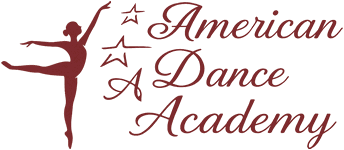

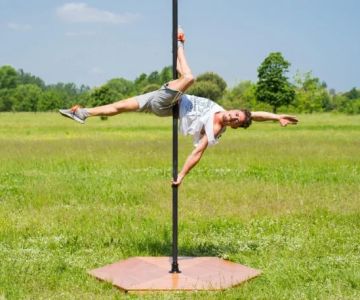
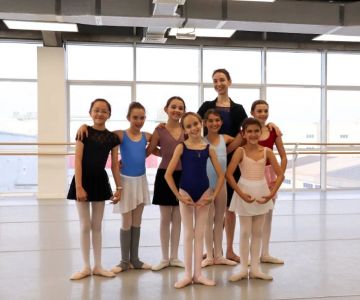


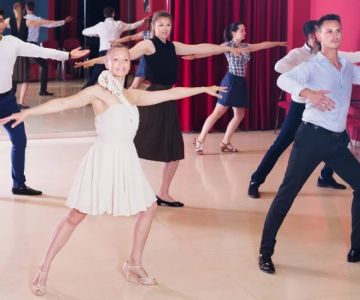
 Barrington Dance Academy5.0 (22 reviews)
Barrington Dance Academy5.0 (22 reviews) Canyon Concert Ballet4.0 (17 reviews)
Canyon Concert Ballet4.0 (17 reviews) Big City Dance Center LLC4.0 (25 reviews)
Big City Dance Center LLC4.0 (25 reviews) Tye Chua Dance & Kalamazoo Ballet5.0 (18 reviews)
Tye Chua Dance & Kalamazoo Ballet5.0 (18 reviews) Fenton Ballet Theatre4.0 (24 reviews)
Fenton Ballet Theatre4.0 (24 reviews) Front Street Dance Center5.0 (7 reviews)
Front Street Dance Center5.0 (7 reviews) Are There Dances in Middle School? What Students and Parents Should Know
Are There Dances in Middle School? What Students and Parents Should Know How a Dance School in Instagram Builds Community and Success
How a Dance School in Instagram Builds Community and Success Why Do Schools Teach Square Dancing?
Why Do Schools Teach Square Dancing?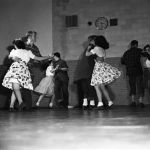 Why Was Square Dancing Taught in School?
Why Was Square Dancing Taught in School? Why Swing Dance Is Popular for Adults
Why Swing Dance Is Popular for Adults A School Dance: How to Prepare, Shine, and Make It Unforgettable
A School Dance: How to Prepare, Shine, and Make It Unforgettable